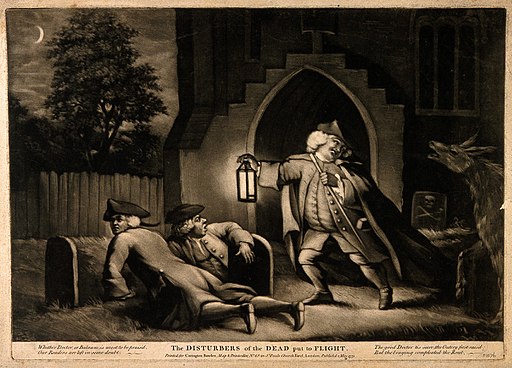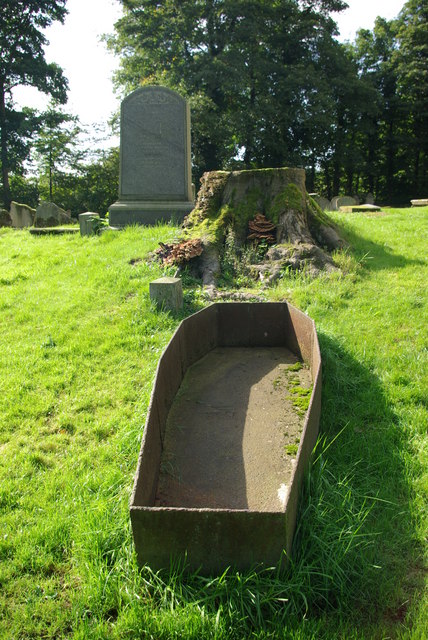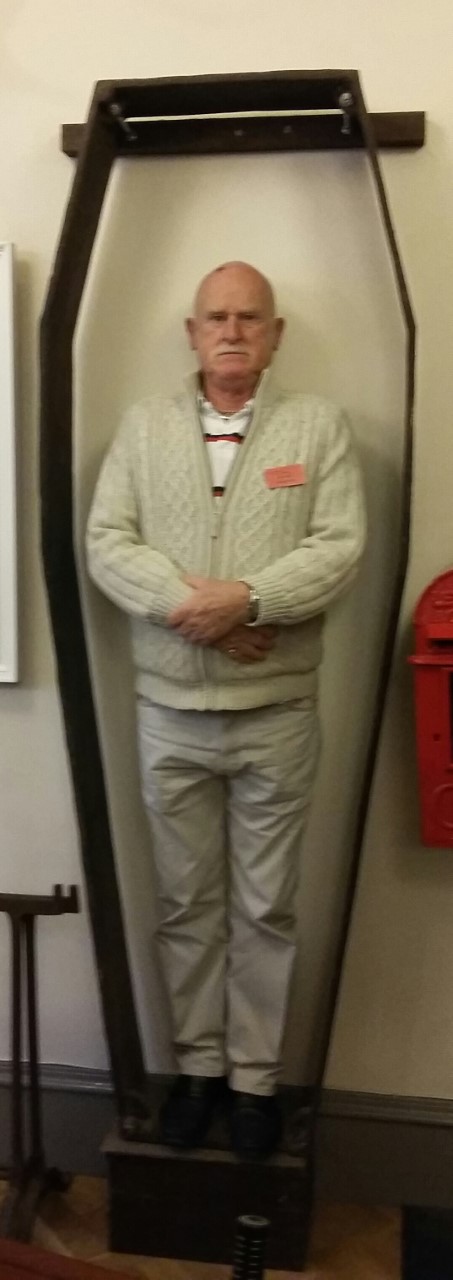The Sinister History of Mort Safes
Death is inevitable. For the living, however, death has been treated with reverence, ritual and ceremony.
But, the West Highland Museum’s Mort Safe tells against this reverence in a most macabre and bizarre period in Scottish social history.
Scotland has always had an excellent reputation for being in the forefront of medical training. Part of this training of necessity included anatomy. To practise anatomy, it was felt, that a supply of newly dead bodies was essential. In Edinburgh in 1505 the Burgh Council allowed that once a year the surgeons and barbers of the town might have the body of a condemned man for dissection. One single body legally come by did not mean a great deal to anatomy students.

In 1694 the Edinburgh College of Surgeons received a charter for the regular teaching of anatomy. Other universities followed suit. Now a regular supply of bodies was essential. One once a year was useless. Upon an injunction from the Edinburgh of Surgeons the council allowed a supply of bodies of foundlings and those who had died in the House of Correction to be used. Medical training in Scotland was, however, expanding very rapidly. More and more bodies were needed for students to dissect. The legal supply was not enough. So, body snatching began.
These grave robbers were sometimes called Resurrectionists because they literally raised the dead. This extremely unpleasant occupation was well paid and attracted that element of the population who were prepared to do anything for money.

Body snatchers would try to learn of forthcoming funerals and would sometimes join the mourners, then in the night rob the grave. It was essential that the grave was emptied during the first six weeks of burial because after that period the body was useless for dissection. Seizure of a body naturally caused very great distress and outrage, and different methods were deployed to prevent desecration.
The height of churchyard walls was extended to prevent robbers clambering over. Neighbourhood watches were established to patrol graveyards at night after a burial. Tough material such as heather was mixed with soil to make nocturnal digging more difficult. Heavy stones were sometimes placed on the lid of the coffin before filling in. Speed and stealth were of the essence for body snatchers, so all these methods served to deter robbery.

However, the most effective deterrent was the mort safe. Cast iron was beaten into a coffin shape and lowered onto the grave on top of the wooden coffin. Since these coffin guards weighed more than a ton it required block and tackle to raise and lower them. Thus, they defeated the body snatchers and gave the corpse first class protection.
Here, Donald, one of our volunteers, poses in the mort safe on display at the West Highland Museum. Unfortunately, the mort safe is incomplete. So, if anyone in the environs of Glen Nevis finds a cast iron coffin shaped lid, please, let the museum know!
In the meantime, shudder at the part on display and ponder on the lengths our forebears went to in order to protect their dead.
Betty Bruce
